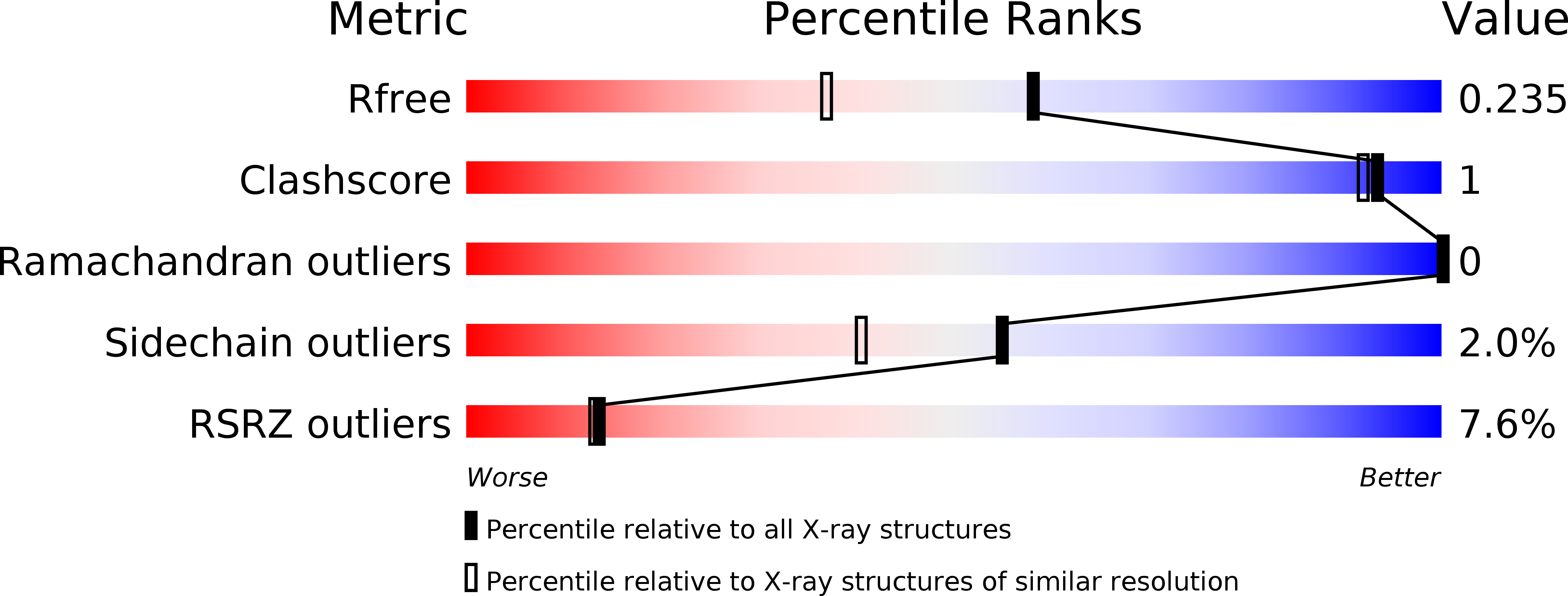
Deposition Date
2017-04-11
Release Date
2017-12-27
Last Version Date
2024-03-13
Entry Detail
PDB ID:
5VGT
Keywords:
Title:
X-ray structure of bacteriophage Sf6 tail adaptor protein gp7
Biological Source:
Source Organism:
Shigella phage Sf6 (Taxon ID: 10761)
Host Organism:
Method Details:
Experimental Method:
Resolution:
1.78 Å
R-Value Free:
0.23
R-Value Work:
0.19
R-Value Observed:
0.19
Space Group:
P 41 21 2


